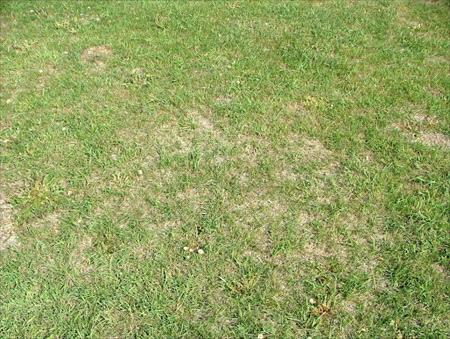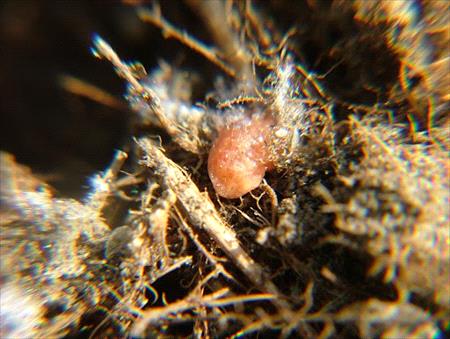Your Cart

LEARN YOUR LAWN: Turfgrass Scale
Turfgrass Scale is a type of insect that can be found on lawns and other turfgrass areas. These insects are small, oval-shaped, and usually brown or yellow in colour. They feed on the sap of the grass blades, which can cause the grass to turn yellow and eventually die. Turfgrass scale insects are usually most active during the summer months and are often found on the lower parts of the grass blades. It is difficult to see the insects with the naked eye, but if you suspect that your lawn is infested with turfgrass scale, you can confirm it by looking for small brown or yellow, oval-shaped insects on the grass blades. Scale damage frequently resembles drought and nutrient deficiency. Large areas of your lawn may appear wilted and display a yellowish-brown colour; however, it will not respond to watering. Turfgrass Scale can be difficult to identify and may become a significant problem if left undiagnosed. A change in cultural practices can help deter infestations of this pest. However, if the damage becomes severe, other forms of control may be necessary. A thick, healthy, well-maintained lawn is always the best line of defense. This can be achieved through beneficial cultural practices, which include: Watering: Deep and infrequent watering is essential for strong plant health and development. A general rule of thumb is to water each area of your lawn for 30-45 minutes, twice per week, in the early morning so the turf is dry by nightfall. Mowing: Maintain a regular mowing schedule throughout the growing season. In general, you should keep your lawn between 2 ½ and 3 ½ inches high, but during the hottest weeks of summer, you may allow the grass to grow as high as 4 inches. Never remove more than ⅓ of the grass blade at each mowing. Fertilizing: Regular applications of Weed Man’s specially formulated, slow-release granular fertilizer will help provide your lawn with adequate nutrients. These applications are timed specifically to avoid over fertilizing the lawn. Core Aeration: Aerating your lawn can improve soil drainage and help reduce the likelihood of insect infestations. It will also alleviate soil compaction and allow water and nutrients to penetrate deeper into the soil. Your local Weed Man professional may be able to offer other solutions and recommend the best form of treatment that is available to improve the conditions of your lawn.What Is Turfgrass Scale?
How Can I Control Turfgrass Scale In My Lawn?
 English (USA)
English (USA) Français (CANADA)
Français (CANADA)

